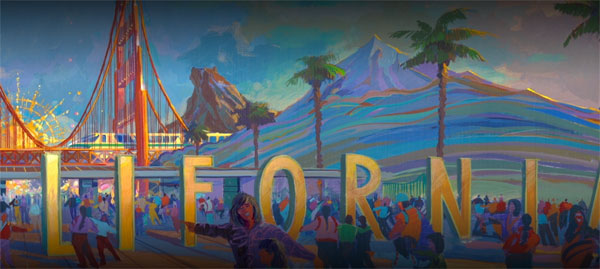
We have reached the darker second act of The Imagineering Story, and the situation looks grim at times during “Hit or Miss”. Michael Eisner lasts long enough at Disney to become the villain, and his new henchman Paul Pressler arrives to enact his austerity policies. It’s also time for the rise of the half-day park with Hong Kong Disneyland and the Walt Disney Studios in Paris leading the way. The era of fiscal discipline also leads to strange decisions for Disney California Adventure (DCA), one being its existence. The growing idea that guests will accept lesser quality simply because it’s Disney becomes a thing, and a series of head-scratching choices happen in succession.
But all is not lost, however. A hero emerges with a grand plan for a new type of theme park. Joe Rohde leads the charge for Disney’s Animal Kingdom, which has grown into a beautiful and unique park today. The Oriental Land Company also pays the hefty costs of the incredible Tokyo DisneySea, which contrasts sharply with the approach to DCA. This episode’s title perfectly encapsulates this era and its mixed results. For every hit like DisneySea, there is a miss like Superstar Limo. It’s a tricky time for Disney in the late ‘90s and early ‘00s, and the outcome is conflict that leads to Eisner’s departure.
The challenges for Disney in this era lead to a fascinating episode. I appreciate the honest take on bad decisions from leadership, many that remain in place today. It is refreshing to hear candid statements from Imagineers and leaders that go beyond the typical marketing. The mix of successes and failures at the same time is remarkable, and there is a lot to cover in this fast-paced story.
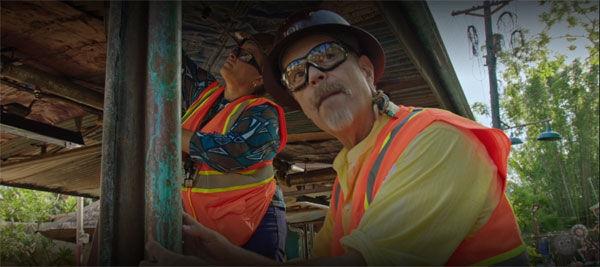
Succumbing to Nature
Rohde shines in this episode in both new interviews and past footage, especially surrounding the Animal Kingdom. The way he explains how the Imagineers worked to show the degradation of the buildings within the park is brilliant. The idea that places are “succumbing to the forces of nature” encapsulates the achievements with that design. We also hear about the Imagineers’ trips around the world to gain inspiration and acquire pieces for the park. Rohde was a driving force between the authenticity and attention to detail that are everywhere in the Animal Kingdom.
I love the way that Rohde explains the potential and likelihood to fail within this profession. They need to try new things and sometimes miss but learn from the experience. This idea connects to Rohde’s description of the permanent tension between art and commerce. He understands that balance is the key to making Disney successful, and budget concerns must not override creativity. The idea of a “dystopian military facility” might seem over the top, but it fits with Pressler’s model of efficiency.
I also enjoyed the focus on challenges for Disney with approaching a venture like the Animal Kingdom. They involved Dr. Jane Goodall and zoologist Rick Barongi on a team to ensure the animals were treated correctly. Goodall explains how Disney’s goal of trying to do the right thing is so important here. This segment reminds us of obstacles to merge a zoo with a theme park and make it all work. That dilemma makes the park’s ultimate success more impressive.
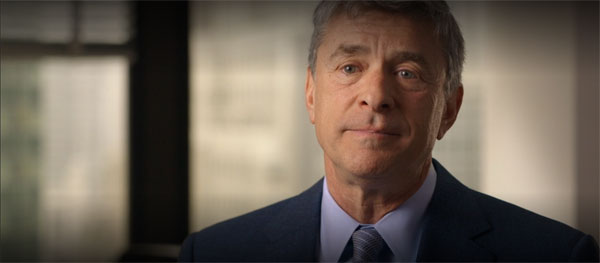
Watering Down the Formula
Tom K. Morris also plays a key role in explaining the difference between Disneyland and projects like DCA. The concept that Disney succeeds because we can’t do everything is another key idea. You don’t want a park that guests can conquer in a few hours. It may lead to a stronger bottom line, but it represents a miss in the long term. Eisner may claim today that creativity thrives with a tight budget, but that approach only goes so far. He may have avoided risk but also restricted the quality and brand.
I’m surprised that Pressler was willing to appear on this series, given his negative reputation. He reminds me of countless business leaders that I’ve worked with in corporate jobs. This type of person should not have control over the parks. Pressler being asked about the future of WDI is hard to watch. The idea that “guests will buy it” reduces the importance of Imagineers and leads to layoffs. It is a big miss. The intertitle about Pressler leaving to become CEO of The Gap is hilarious and fitting.
We visited the Walt Disney Studios in 2006, and the weird design choices shocked me. This episode spends a short time on that park, which is a good idea. Hong Kong also started with limited attractions, but I still love the story from Wing Chao about the location. The idea to dump a lot of dirt and create a spot for the park is smart. Both parks are receiving serious updates soon, and Hong Kong has already improved since its opening. Podcast guest Joe Lanzisero also appears to explain the added cultural hurdles for Disney in Hong Kong. Guests didn’t have the same understanding of characters or even of headliner attractions like Space Mountain.
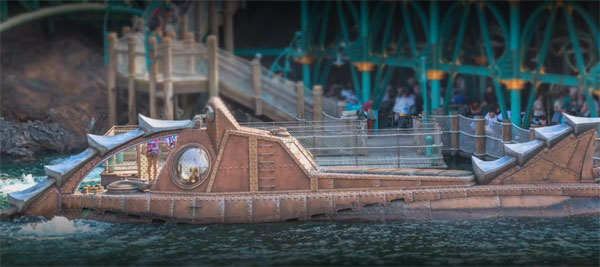
A Wonderful Anomaly
I’ll conclude by raving about the beautiful shots of Tokyo DisneySea. Senior Designer Steve Kirk explains the origins of a park that sits at the top of many Disney fans’ bucket lists. The footage of early computer modeling also reminds us of the technological differences even a little while ago. We also receive a glimpse of Tony Baxter’s WESTCOT project, which had the potential to match DisneySea and become a classic in California. The loss of such an exciting concept still resonates with me today.
Not everything was a miss for Disney, even at DCA. The familiar story of Mark Sumner developing the ride system for Soarin’ Over California reminds us of that standout attraction. A fun clip of Imagineers riding a retooled Star Tours simulator there reinforces the ingenuity. Pressler and Eisner damaged the formula, but there is still hope for positive developments in the future. With two episodes remaining in The Imagineering Story, I’m curious to see how Leslie Iwerks presents recent years. We have reached the Bob Iger era, and there is a lot more to cover in the final hours.
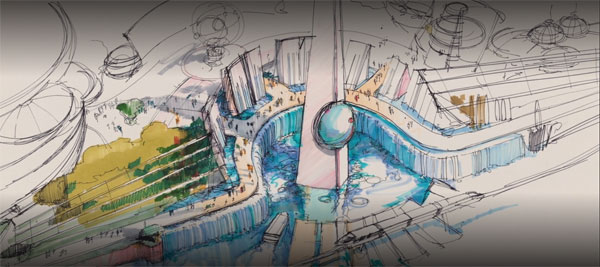
Other Articles: The Imagineering Story
“The Happiest Place on Earth”, Episode 1



Leave a Reply